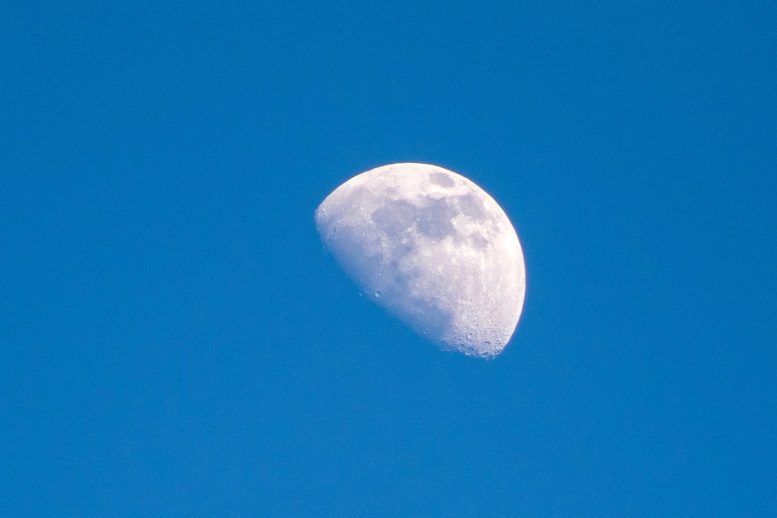
Why can you see the Moon during the day? Easy, because it’s there! It may seem odd to look up at the daytime sky and see the Moon but it’s perfectly natural. Planetary geologist Sarah Noble breaks it down so you know when to look up.
We think of the Moon as a nighttime object because it’s often shown that way to us in books and movies. Even the weatherman uses the Sun as a symbol for day and the Moon for night. But the Moon actually spends almost as much time in the daytime sky as the night. You just have to look a little harder to see it.
Let’s think about why we can see the Moon at night at all. Unlike our Sun, the Moon doesn’t create its own light. We can only see it because light from the Sun is reflecting off of its surface. The same is true during the day, and unlike the stars which are also still up there during the day but we can’t see them because the sky is too bright, the Moon actually shines bright enough that you can see it day or night as long as it’s in the right part of the sky.
During a full Moon, the Moon is opposite the Sun in the sky. That’s why we can see the full face of the Moon reflecting sunlight. As the Earth rotates, the Moon rises just as the Sun sets, but just on that one day of the month. In the days before a full Moon, if you look in the eastern sky, you can find the almost full Moon rising before the sun sets. And the days after a full Moon, you can look in the western sky and find the Moon setting after the Sun has come up.
Over the last year, I’ve actually made a game of timing my daily bike ride to see if I can spot it in the daytime sky. But it will keep you on your toes. It sets about 50 minutes later each day as it marches through its phases. So, keep your eyes peeled and keep looking up. Maybe you can spot it, too.
We Asked a NASA Expert Video Series
- Why is Venus Called Earth’s Evil Twin?
- Is NASA Really Crashing a Spacecraft Into an Asteroid?
- Is NASA Aware of Any Earth-Threatening Asteroids?
- When Was the Last Time an Asteroid Hit Earth?
- How Did Perseverance Mars Rover Pick Its Landing Spot?
- What if an Asteroid Was Going To Hit Earth?
- Did Mars Ever Look Like Earth?
- What Are Lagrange Points?
- What Are the Trojan Asteroids?
- Is There Oxygen on Mars?
- Does NASA Know About All the Asteroids?
- Do Aliens Exist?
- Is There Weather on Mars?
- Will an Asteroid Ever Hit Earth?
- Is Mars Habitable?
- Could Microbes Survive a Trip to Mars?



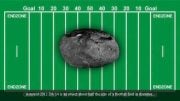

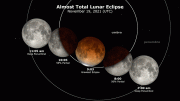
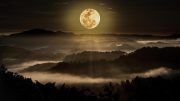

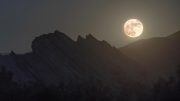
The moon, being metal for the most part, acts like a giant reflective surface. Like a mirror reflects light from your surrounding, so does the moon…just in a massive scale.:D
that is not true, at all
This is embarrassing guys. You have a chance to ask nasa something and you go with a question out of a 3rd grade classroom. Come back next week and we will reveal how big bird learned the English language.